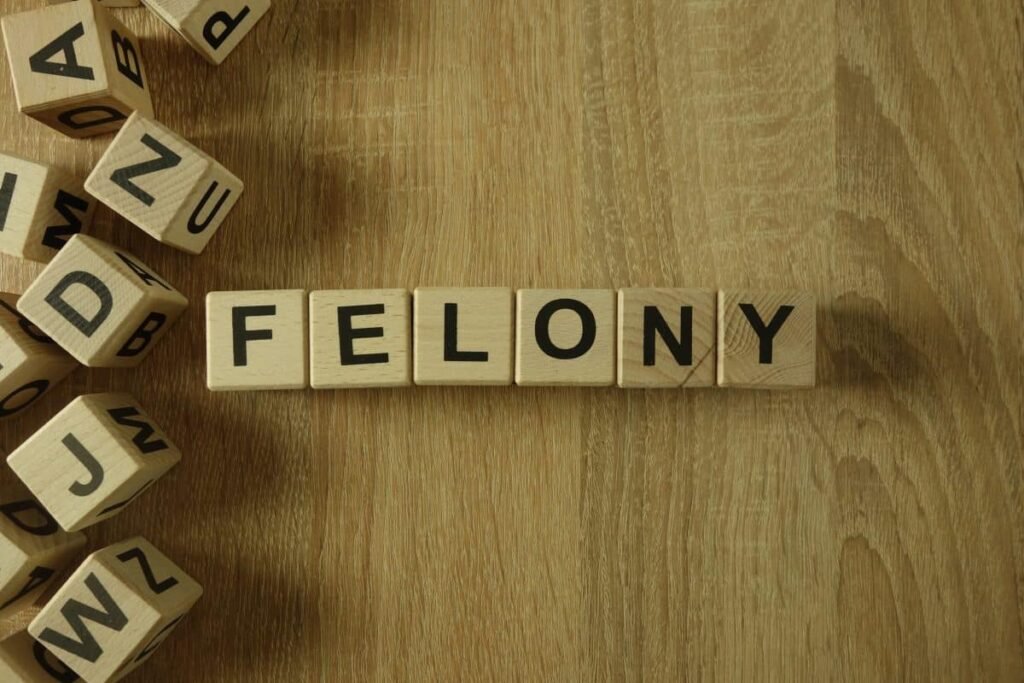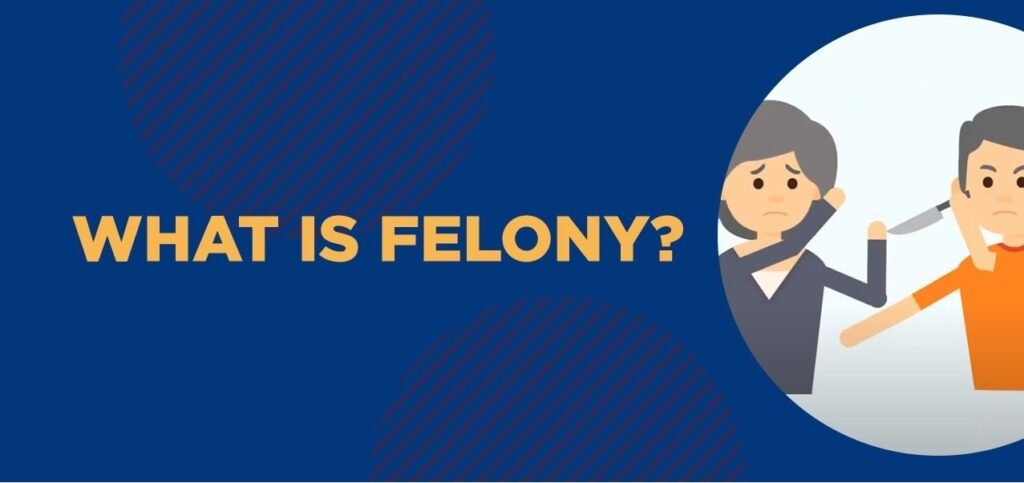Non-Violent Felony: The focus frequently tends to go toward high-profile, violent crimes that grab the public's attention in the complicated world of criminal justice. But behind the surface, there is a sizable fraction of what are known as non-violent crimes, which have received less attention from the public but have far-reaching effects on both individuals and communities.
For the Web-Story of this Article “Click Here".
These non-violent crimes cover a wide range of offenses that don’t entail actual or imminent bodily damage.Non-violent crimes, as contrast to violent felonies, do not involve any sort of verbal or physical threat to another person. Such felonies often involve a lot of property crimes, such burglary and theft, and drug offenses, including trafficking and possession, frequently in big amounts.

Among non-violent acts that result in felony convictions, so-called “white collar crimes,” or business offenses, such financial fraud and embezzlement, bribery, identity theft, and forgery are also extremely prevalent.
What is Felony?
A felony is a type of offense that is considered to be more serious than a misdemeanor. If found guilty, a person might get a term that ranges from more than a year to life in a state or federal prison.
The most serious type of offense under criminal law is a felony. It might be either violent or not violent.
Crimes classified as felonies are those that are deemed hazardous or detrimental to society. Different jurisdictions have different definitions of what crimes constitute felonies. The death penalty may be part of the sentence for a felony depending on the state.

A felony in US law is commonly defined as a crime that carries a sentence of at least one year in prison or the death penalty. Contrarily, misdemeanors are sometimes described as crimes that are only punished by fines or by brief periods of detention in local prisons.
A felony was formerly defined in English law as a crime for which the offender would forfeit all of their real and personal property in addition to serving their sentence. All of the convicted person’s property is not forfeited under US law, and it is not included in the term. However, particular property may be forfeited for various crimes, such as some forms of racketeering.
Types of Felonies
Serious crimes known as felonies often result in harsher punishments than misdemeanors. Although felony classifications and particular categorizations might differ between jurisdictions, they typically cover a broad variety of offenses. Here are two broad types of felonies:
Violent Felony
Crimes involving the use or threat of physical force against another person or their property are known as violent felonies. These crimes are often regarded as the most serious category of felonies since they can cause considerable harm to victims.

Murder, assault, robbery, rape, and manslaughter are a few examples of violent offenses. Because of the seriousness of the devastation they do, those who commit violent felonies frequently face lengthy jail terms as well as other harsh legal repercussions.
Non-Violent Felonies
A extremely serious crime that does not involve the use of force or threat of force is referred to as a non-violent felony. There is no bodily harm to another person as a result of these offences. There are certain non-violent felonies, despite the fact that felonies are often violent acts. Damage to property is a common component of non-violent crimes like theft and/or larceny.
The victim’s economic or financial losses define the gravity of this sort of offence. There are several non-violent felonies that are regarded as victimless crimes. This is only a categorization and does not indicate that someone experiences loss. For ethical and cultural reasons, certain victimless crimes are classified as crimes. Among non-violent felonies are:
Property crimes like embezzlement, theft, receiving stolen items, and/or arson; White collar crimes like fraud, tax offenses, bribery, and counterfeiting; and/or Drug and alcohol crimes like public intoxication, drug production, and/or drug distribution.
Some non-violent offenses go beyond the above described general categories and are quite specialized. They differ according on the crime’s magnitude, harm caused, and kind of purpose.
They consist of:
Burglary, cybercrime, racketeering, forgery, criminal property damage, using or selling cheating devices when gambling, driving while intoxicated or under the influence, using or producing counterfeit gambling chips, and escaping from a jail or prison are all crimes that fall under this category.
Because the victims are not physically hurt, these crimes are categorized as non-violent.
Typically, these offences cause loss of property, money, or both. If a person is physically hurt or killed as a result of the crime, it is considered violent and punished as such. Additionally, if a weapon was utilized in the conduct of the crime, it would not be deemed to be non-violent.
Conclusion
While high-profile violent crimes frequently capture the public’s attention, it is important to acknowledge the significance of non-violent felonies and their distinctive impact on people and communities. The term “non-violent felonies” refers to a broad category of crimes that do not directly cause harm to others. These crimes can nonetheless have serious repercussions that impact people’s lives and add to the load on the criminal justice system.

Moving away from punitive measures and toward rehabilitation and change is necessary to address non-violent offenses.
It is critical to apply evidence-based methods that prioritize treatment, education, and community assistance because many non-violent offenses have root causes like addiction, poverty, or mental health conditions.
We have the chance to end the cycle of criminal activity and lower recidivism rates by emphasizing rehabilitation and reintegration rather than only punishment. Additionally, by focusing resources away from non-violent crimes, the criminal justice system is better able to deal with serious crimes and maintain public safety.
We can develop a more equitable and effective system that aims to rehabilitate individuals, facilitate communal healing, and establish a culture that values redemption and second chances by taking a compassionate and restorative approach to non-violent offenses.